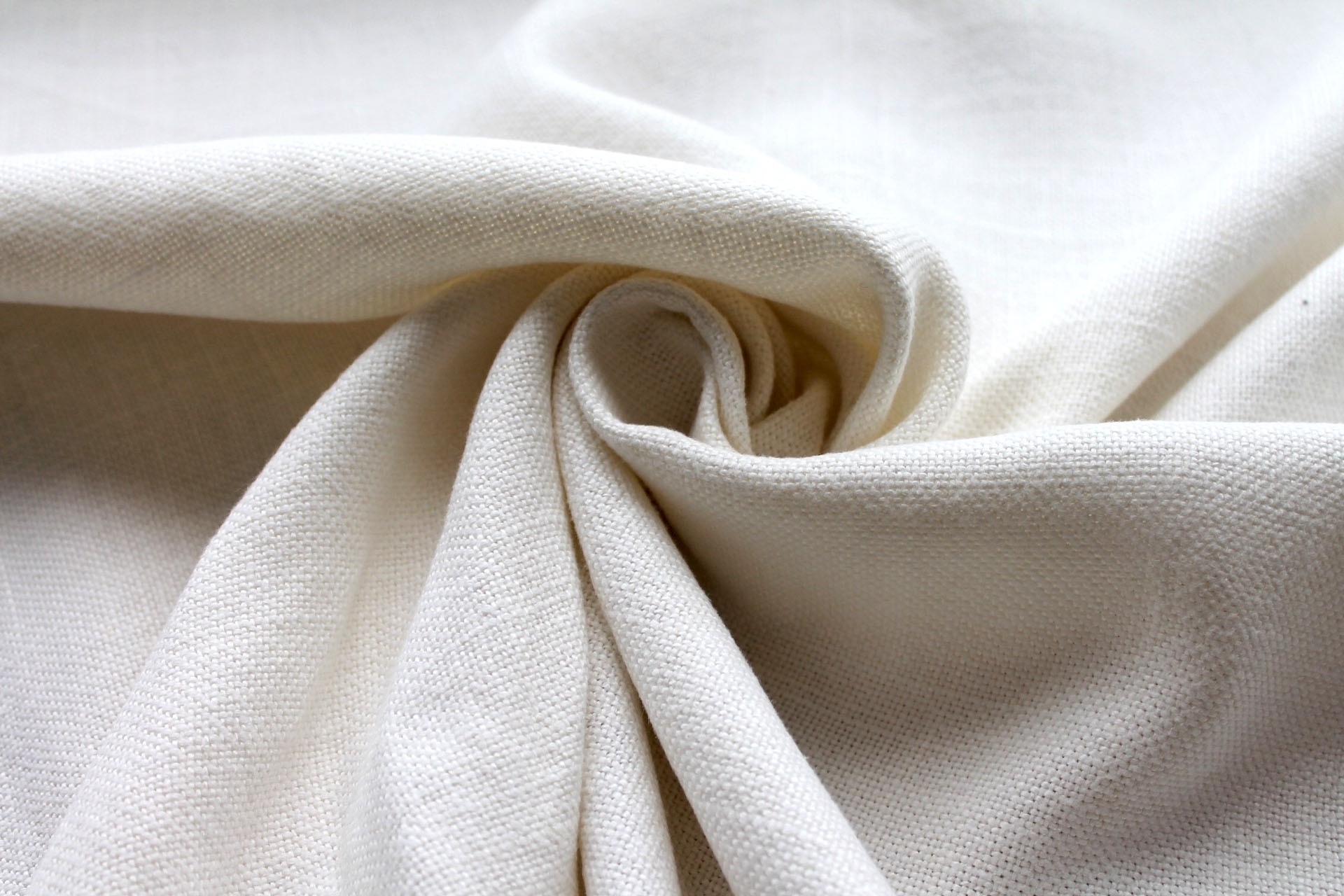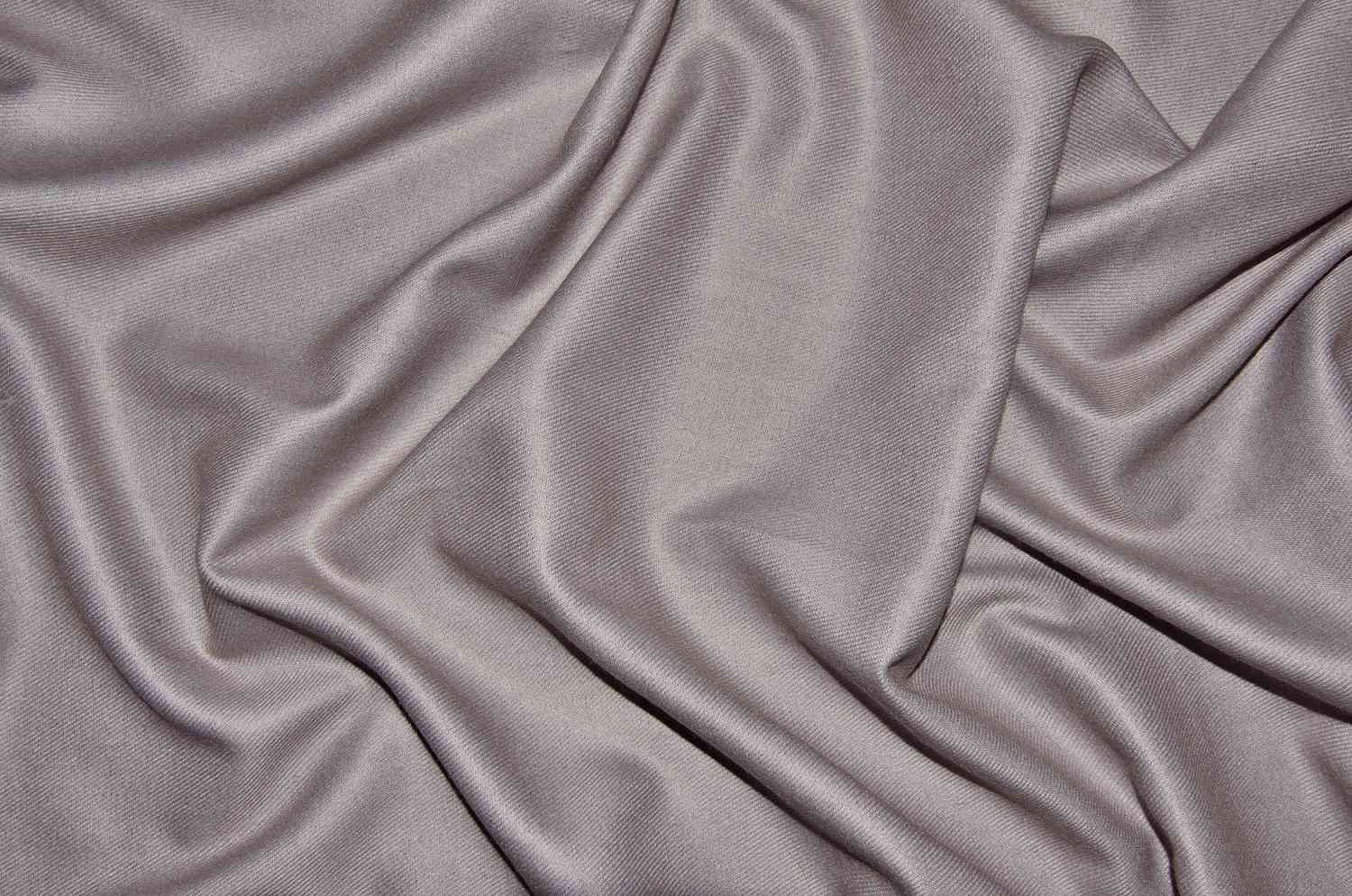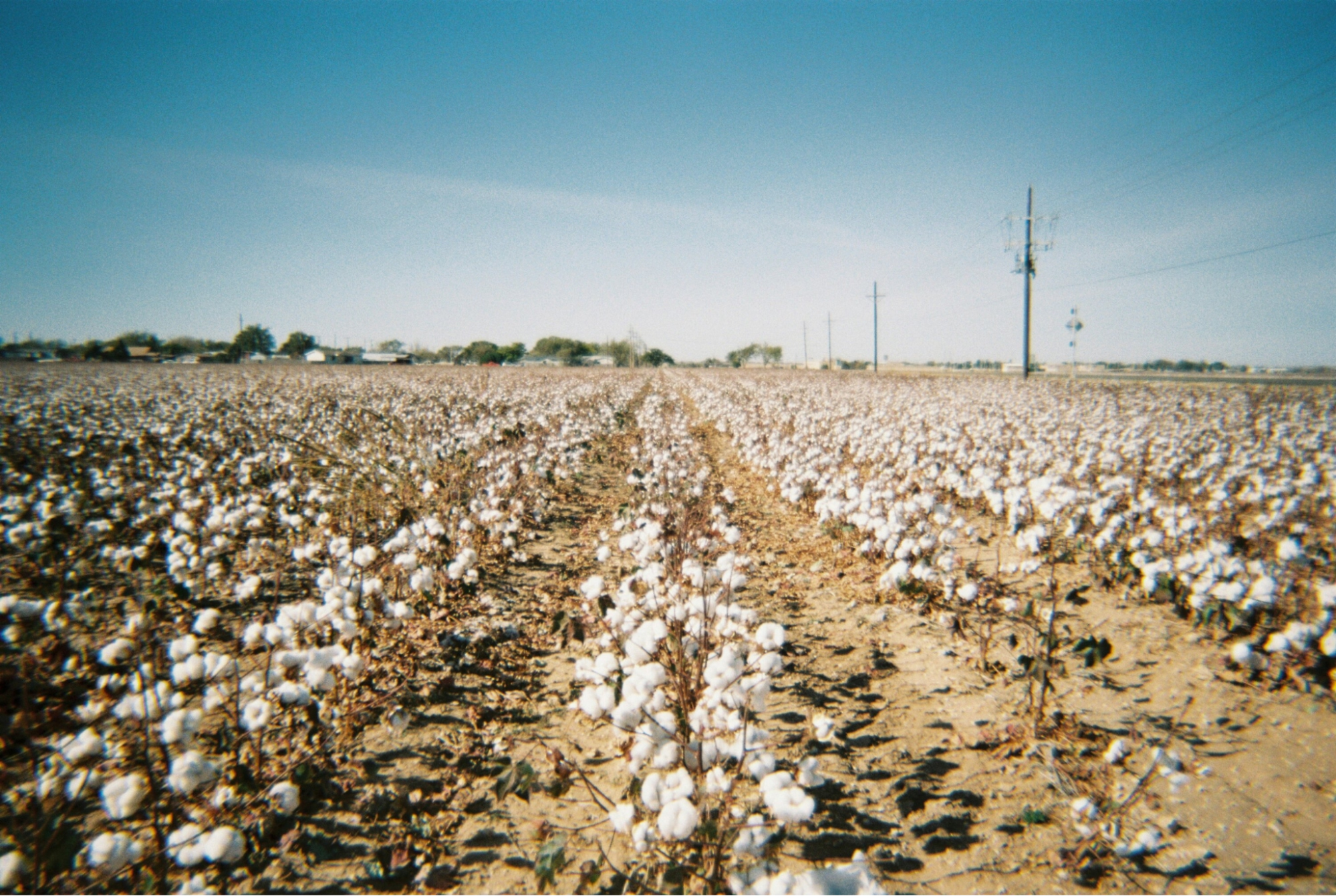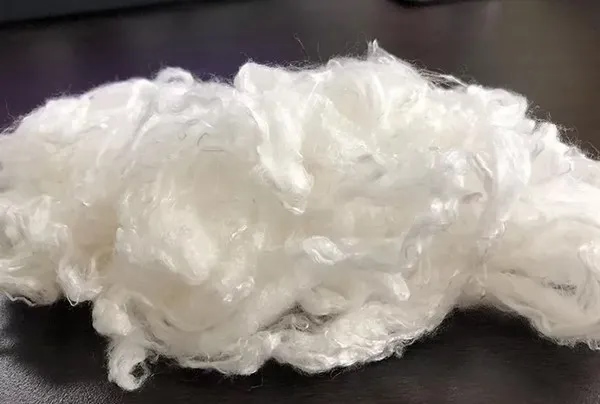Ever stood in a store, holding two soft shirts and wondering, “Which one's better — viscose or cotton?” You're not alone. Choosing between fabrics isn’t just about how they feel in your hands — it’s about how they fit your lifestyle, your values, and even your laundry habits.
Viscose vs cotton isn’t just a battle of soft vs softer. One’s made from plants, the other from trees. One loves the heat, the other might wrinkle under pressure (literally). And if you care about sustainability or skin sensitivity, the difference goes way deeper than the price tag.
In this guide, we’ll unravel the real differences — not just the textbook stuff — and help you decide what works best for you. Whether you’re buying your next wardrobe staple or just curious about your clothes, this breakdown will give you clarity without the fluff.
Ready? Let’s dig into the thread count of truth.
Understanding the Core Differences Between Viscose and Cotton
Before you start comparing feel, breathability, or sustainability, it's important to know what viscose and cotton actually are — and where they come from. You might be surprised to learn just how different their backstories are, even though they often feel similar on your skin.
Let’s break them down to their roots — literally.
What Is Cotton?

Cotton is what you probably grew up wearing. It comes straight from the fluffy fibers of the cotton plant, which are spun into threads and woven into fabric. It's natural, breathable, and has been around for centuries — from ancient civilizations to your favorite old T-shirt.
There are different types too: Pima and Egyptian cotton are known for being extra soft and durable, while organic cotton skips pesticides and chemicals altogether. Cotton’s strength lies in its simplicity — it's dependable, easy to care for, and works well in just about any climate.
But it’s not without flaws. Conventional cotton farming uses a lot of water, and unless it’s certified organic, it often involves heavy pesticide use. So while it feels natural, the backstory can be a bit more complicated.
What Is Viscose?

Viscose might feel luxurious like silk, but it doesn’t grow on a plant in fabric form. It starts as wood pulp — usually from fast-growing trees like bamboo, beech, or eucalyptus — and then goes through a chemical process to become a smooth, drapey fabric.
It’s often called rayon, though rayon is technically the broader category, and viscose is one type of it. You’ll also hear terms like modal and lyocell — they're part of the same family, just made with different chemical methods.
Viscose is soft, lightweight, and perfect when you want something that flows. But it's a bit delicate when wet, and the way it’s made (especially cheaper versions) can have an environmental impact if manufacturers don’t handle the chemicals responsibly.
Viscose vs Cotton: Detailed Fabric Comparison Table
Now that you know where these fabrics come from, let’s get practical. How do they actually perform when it comes to real-life stuff — like staying cool, lasting long, or handling a spin in the washing machine?
Here’s a side-by-side breakdown that cuts through the fluff and gives you exactly what you need to compare.
Fabric Comparison at a Glance
This table gives you the gist, but don’t worry — we’ll dig deeper into each of these features in the upcoming sections so you can make a fully informed decision, not just a quick guess.
Which Fabric Feels Better? Texture, Weight & Comfort
Sure, facts and figures are helpful — but sometimes, the decision comes down to something as simple as: “How does it feel on my skin?” This section gets personal with texture, weight, and the day-to-day comfort of viscose vs cotton.
Let’s talk touch.
Viscose: Drapey, Silky, and Light as Air
If you’ve ever worn a blouse that flowed like water or a dress that felt cool and luxurious, chances are it was viscose. It has a silky, smooth finish and a fluid drape that hugs the body gently without clinging awkwardly.
It’s lightweight — great for summer nights or layered office wear — and feels instantly dressy, even if the price tag doesn’t say so. Many people describe viscose as “cool to the touch,” which makes it a go-to for humid climates or sweaty commutes.
However, viscose doesn’t always bounce back after stretching. If you tug at it too hard or wear it during high-impact activities, it may lose its shape. It’s lovely — but a little high-maintenance.
Cotton: Soft, Breathable, and Comfortably Familiar
Cotton is that worn-in T-shirt you keep going back to. It's soft, but with a subtle texture that adds grip and structure — less slinky, more cozy. It doesn’t drape like viscose, but it gives a clean, structured look that works well for casual and everyday pieces.
It’s also more forgiving. Cotton can handle movement, frequent washing, and that "I forgot to hang it up" moment when it sits in the dryer for a bit too long.
For sensitive skin or all-day wear, cotton often wins. It’s familiar, fuss-free, and comfy without trying too hard.
Fabric Performance in Real Life: Strength, Wear & Maintenance
Feeling good in a fabric is one thing — but how does it hold up after three washes, a sweaty day out, or a rushed tumble dry? Let’s dive into how viscose and cotton perform when put to the test in your real, messy, wonderful life.
Because nobody wants high-maintenance clothes that bail after two wears.
Shrinkage and Shape Retention
Viscose can be a bit of a diva when it comes to laundry. If you wash it in hot water or toss it in a high-heat dryer, it tends to shrink — a lot. Even air drying doesn’t guarantee it’ll return to its original shape. Once stretched or shrunken, it may stay that way.
Cotton, on the other hand, is sturdier — especially when it's pre-shrunk. While it can still shrink a bit in the wash, it’s generally more predictable. Over time, cotton tends to get softer without losing its shape, which is why your favorite old tee gets better with age.
Color Fading and Wrinkles
Both fabrics can fade over time, especially darker shades. However, viscose is more prone to losing its vibrant color faster, particularly if exposed to sunlight or harsh detergents. Cotton fades too, but usually in a more “worn-in” way that some people actually like.
When it comes to wrinkles, neither is perfect — but viscose wrinkles just by looking at it wrong. It needs ironing or steaming almost every time you wear it. Cotton can wrinkle too, but a quick fluff in the dryer usually does the trick.
Care and Effort Level
Viscose requires more TLC: gentle cycle, cold water, hang dry. If you’re not the type to sort laundry or read care labels, it might frustrate you. Cotton is far more forgiving — toss it in, dry it on medium, wear it out. Done.
So if you want something durable and low-maintenance, cotton has the upper hand. But if you’re dressing to impress and don’t mind the extra care, viscose brings elegance in spades.
Eco-Friendliness Showdown: Which Fabric Is More Sustainable?
We all love clothes that look and feel good — but what about fabrics that do good too? Sustainability isn’t just a trend; it’s a responsibility. And both viscose and cotton come with their fair share of environmental baggage.
Let’s unpack the impact — and what to look for if you want to shop smarter.
Environmental Impact of Cotton

Cotton may be natural, but conventional cotton farming is far from eco-friendly. It’s one of the thirstiest crops on the planet — a single T-shirt can take over 2,700 liters of water to produce. That’s enough drinking water for one person for almost three years.
On top of that, traditional cotton relies heavily on pesticides and chemical fertilizers, which can pollute waterways and harm ecosystems. The farming process is land-intensive too, requiring large monoculture fields that deplete soil quality over time.
But there’s a silver lining. Organic cotton is grown without synthetic chemicals and uses significantly less water. It’s better for the soil, farmers, and the environment — but it also tends to be more expensive.
Environmental Impact of Viscose

Viscose is made from wood pulp — which sounds pretty green, right? But here’s the catch: if the wood isn’t responsibly sourced, it contributes to deforestation. That’s especially true when it comes from ancient or endangered forests, which is still shockingly common in fast fashion.
Then there’s the chemical process. Traditional viscose production uses carbon disulfide and other toxic solvents that can harm factory workers and local environments if not handled properly. When manufacturers don’t recover and recycle these chemicals, the damage adds up quickly.
However, newer viscose alternatives like modal, lyocell, and TENCEL™ use closed-loop systems that recycle nearly all the solvents used. These fabrics are softer on your skin and the planet — a double win.
Certifications to Look For
Whether you're buying viscose or cotton, certifications matter.
- GOTS (Global Organic Textile Standard): Ensures organic farming and responsible processing for cotton.
- OEKO-TEX®: Tests for harmful substances in finished textiles — good for both cotton and viscose.
- FSC® (Forest Stewardship Council): Means the wood used in viscose comes from responsibly managed forests.
- CanopyStyle: A campaign working with brands to eliminate endangered forest sourcing from viscose production.
If the tag doesn’t show any of these? That soft shirt might be costing the Earth more than you realize.
Cost Comparison: Is Viscose Cheaper Than Cotton?
Let’s talk money — because comfort and sustainability matter, but your wallet has a voice too. The price tag often plays a major role in fabric choices, especially if you're buying in bulk or shopping on a budget.
But as with most things, cheaper doesn't always mean better.
Upfront Cost: Who’s More Affordable?
On average, viscose tends to be slightly cheaper than cotton — especially in fast fashion. Because it's made from wood pulp and can be mass-produced with low material costs, it’s easy for brands to create soft, luxurious-looking clothes at low prices.
That’s why you’ll often see viscose in trendy dresses, blouses, and flowy tops in budget-friendly stores.
Cotton, on the other hand, spans a broader price range. Basic cotton tees can be very affordable, but premium cotton like Egyptian or Pima can get pricey — especially if you’re buying from ethical or organic brands.
Long-Term Value
Here's the catch: viscose doesn’t always last. If you’re constantly replacing items that shrink, stretch, or fall apart in the wash, that “cheap” purchase adds up. Unless you treat it gently, viscose is more prone to wear and tear.
Cotton usually gives you better longevity. Even mid-range cotton pieces can withstand repeated washes without losing comfort or shape. If you're after clothing that holds up season after season, cotton may be the better investment.
The Sustainability Premium
Eco-conscious options — like organic cotton or TENCEL™ viscose — will cost more upfront. That’s the trade-off for ethical farming, chemical recycling, and fair labor practices.
But if you’re trying to balance affordability with values, it’s worth checking the label and spending a little more on pieces that last longer and do less harm.
Viscose vs Cotton for Sensitive Skin: What Experts Say

Not all fabrics are created equal when it comes to skin sensitivity. If you've ever felt an annoying itch from a “soft” shirt or a weird rash after a workout, it might not be in your head — it could be in your fabric.
Let’s see how viscose and cotton treat your skin.
How Cotton Feels on Sensitive Skin
Cotton has long been the gold standard for people with allergies, eczema, or easily irritated skin. Why? Because it’s breathable, natural, and hypoallergenic — especially when untreated.
Organic cotton is even better. It skips the harsh chemicals and dyes, making it gentler on your skin and the planet. That’s why baby clothes, hospital gowns, and even bandages are made with cotton — it's safe and soothing.
Just be mindful: not all cotton is created equal. Some mass-produced cotton fabrics are finished with chemicals or bleaches that may cause irritation, especially if you skip washing before first wear.
How Viscose Affects the Skin
Viscose is incredibly soft and smooth — almost like silk. It feels luxurious on the body and usually glides over the skin without causing friction. That makes it a popular choice for dresses, blouses, and underwear.
However, it's not always hypoallergenic. If you’re buying cheap viscose from fast fashion brands, there’s a higher chance it was processed with harsh chemicals. That residue can linger, especially if it wasn’t thoroughly rinsed or certified safe.
That said, higher-quality viscose, like modal or lyocell (TENCEL™), is made with gentler processes and closed-loop systems that eliminate toxic residues — making them much more skin-friendly.
What Dermatologists Recommend
If your skin is super sensitive, dermatologists typically recommend untreated natural fibers, especially organic cotton. But they also agree that well-made viscose (especially TENCEL™) can be just as gentle — if not more so — due to its ultra-smooth texture.
So if your skin’s picky, read the tags, avoid harsh dyes, and when in doubt, start with a wash.
Final Verdict: Which Fabric Should You Choose?
So, when it comes to viscose vs cotton, there’s no single “winner” — just a better match for your lifestyle. If you want something timeless, breathable, and easy to care for, cotton is your dependable go-to. It’s low-maintenance, versatile, and especially great for sensitive skin and everyday wear.
But if you’re after that elegant drape, a silky-soft feel, or something that looks elevated without the designer price, viscose might win your heart — just be ready to treat it with a little extra care. And if sustainability matters to you (which it probably does if you’ve made it this far), both fabrics have eco-conscious versions — you just have to check the labels and look for the right certifications.
At the end of the day, it’s not about choosing one over the other. It’s about understanding what you’re wearing — and feeling good in it, inside and out.






































